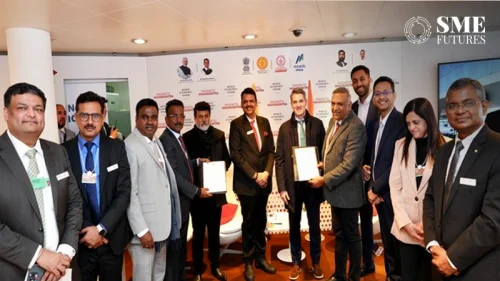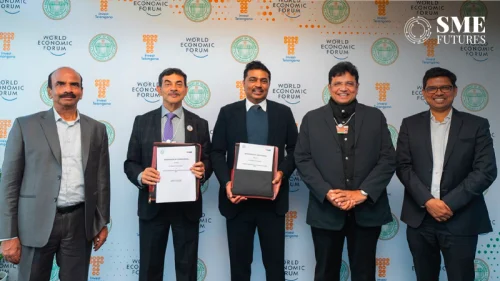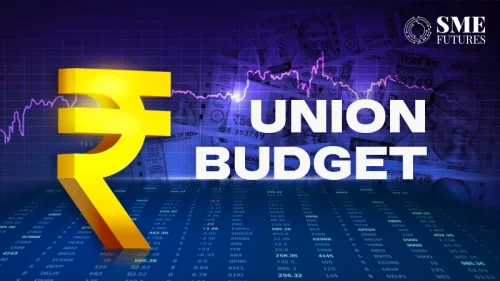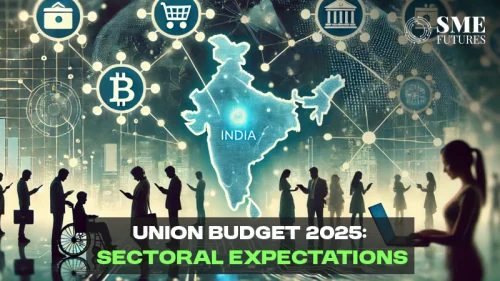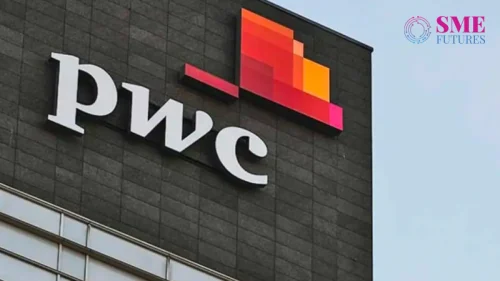Estimated to account for about 14.4 per cent of India’s GDP, the logistics sector has been growing in India. While providing a source of income to more than 22 million people, this sector got infrastructure status only in 2017. But still, the unrecognised sector amounts to 99 per cent of the logistics sector.
Another target that India intends to reach is to raise its ranking in the Logistics Performance Index to 25 and to bring down its logistics cost from 13 per cent to 8 per cent of the GDP, leading to a reduction of approximately 40 per cent, within the next five years.
To achieve these targets, the government has been upping the ante on promoting the logistics sector in India. Initiatives like PM Gati shakti, the National Logistics Policy 2022, the National Logistics Law, the Logistics Master Plan, the National Multimodal Facilities and Warehousing Policy and the National Logistics Workforce Strategy, have been taken by the government.
The stakeholders from the logistics sector have some important suggestions for and some anticipations from the upcoming Union Budget 2023-24, for the development of the Indian logistics sector.
Air cargo and fuel prices need more focus
While the National Logistics Policy will be pivotal to the development of the logistics and supply chain ecosystem, FedEx recommends a special focus on air cargo and the development and expansion of airports to meet the rapidly growing demand for air cargo capacity.
“A more efficient air express infrastructure will improve global competitiveness, ensure just-in-time deliveries and fuel India’s ambition of becoming a $5 trillion economy by 2025,” says Kami Viswanathan, Senior Vice President, FedEx Express, Middle East Indian Subcontinent and Africa (MEISA) Operations.
A check on fuel prices can also lower the logistics costs, and to deal with that, Dhruv Agrawal, COO & Co-founder, Shipsy, says that the upcoming budget would most likely move it forward by strengthening its foundation for its seamless implementation, which will reduce the logistics costs.
Also Read: Union budget 2023: Plastic & polymer sector’s expectations from government this year
Having high hopes from the Union Budget, Prasad Sreeram, Co-Founder and CEO, COGOS, also adds in his views. He comments that there’s a need to bring all energies and fuels under the GST umbrella to reduce the variations across states and to reduce the cost of fuel.
“We need support in creating green technologies in the country, like fuel cell technologies along with green hydrogen and EV. Also, we are looking for the faster implementation of the Unified Logistics Interface Platform (ULIP) as it would improve interoperability, reducing the cost of and improving the efficiency in the logistics sector, leading to a cleaner and more sustainable future for all,” he says.
Industry organisation should be a priority
As logistics is still one of the unorganised industries, its stakeholders are hoping for investments in activities that will make it more organised. Zaiba Sarang, Co-founder, iThink Logistics, says that the implementation of the National Logistics Policy will reduce the cost of logistics from 14 per cent of the GDP to single digits.
“On top of that, we can expect Rs 2 lakh crores in investments in port infrastructure to alleviate logistics inefficiencies. Overall, we can predict that 2023 will be the year when the logistics industry reaches its full potential,” she enthuses.
Addressing the same issue, Agrawal from Shipsy says, “The logistics and supply chain industry have long been challenged by the sector’s highly fragmented nature, multiple regulatory bodies, manual approval processes, poor shipment visibility, lack of stakeholder collaboration, growing cost leakages, rising logistics costs, and evolving customer expectations.”
MSMEs: An integral part of this sector
Indian SMEs are prioritising cross-border trade to thrive in the post-pandemic world. FedEx recommends allowing all categories of export and import shipments through express mode.
“We also recommend eliminating value and weight restrictions for clearance under courier regulations. This will further boost exports from India, especially for the MSMEs that are engaged in cross-border e-commerce. It will also increase India’s competitive advantage as a manufacturing hub,” Viswanathan points out.
Speaking about the MSMEs in the logistics sector, the CEO and Co-founder of Shiprocket, Saahil Goel says, “Doubling down on the digital infrastructure is vital. Hence, the budget should be centred around digitisation initiatives that will empower the MSME sector.”
Incentivisation and sustainability
With so much buzz around sustainability these days, the logistics industry is also integrating solutions to promote sustainability in and around their operations. Stakeholders are positive that to further promote green companies, the government will provide some form of shot in the arm.
Currently, the last-mile emissions per delivery in India are 285g CO2, higher than the global average of 204g CO2. Businesses can gradually reduce their carbon footprints by digitising their core logistics operations.
Agrawal of Shipsy strongly believes that sustainable practices need to be promoted and that there is an urgent need to address climate change concerns through regulations. “It would be excellent if the government allocates funds to develop policies that ensure sustainable logistics practices,” he asserts.
Also Read: Why are financial advisors imperative for MSMEs?
“This can be accomplished by shrinking the miles travelled per package and ensuring that the distance is covered using greener delivery modes. The thrust to expedite the development of multi-modal logistics parks will also be welcomed by the logistics industry, as it will facilitate the lowering of logistics costs and the reduction of carbon emissions significantly,” he adds.
“As we all know, logistics is one of the world’s largest carbon-emitting sectors; there have been a lot of discussions about investing in making this sector carbon-neutral by using less carbon-emitting fuels, electric scooters and other similar technologies,” says Sarang from iThink logistics.
On the other hand, Tiwari of KSH Logistics suggest providing a monetary stimulus, “There should also be an incentive-based system for companies who build warehouses so that they can be made available at a much lower cost per square foot, bringing down the overall logistics costs,” he further adds.
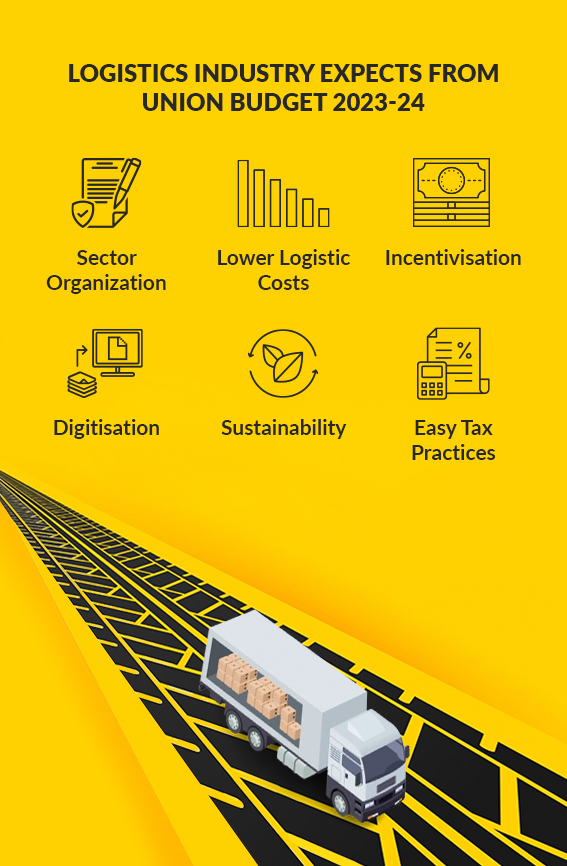
Digitisation is crucial
Since Digital India has become one of the top priorities of the Indian Government, logistics digitisation has also become a crucial step towards that goal.
Speaking of which, Viswanathan from FedEx says, “Digitised systems to streamline surging cross-border shipments will be essential to ensure seamless freight movement in and from India.”
“This is also the best time for technology intervention in the industry and the government should consider incentivising investment in automation,” adds in Tiwari from KSH Logistics.
Furthermore, as the world is turning towards implementing sustainable practices in every possible space, the logistics industry should also adopt sustainability as much as possible. And for that, its stakeholders have their own suggestions and anticipations.
Healthy tax practices
Furthermore, recommendations have also come in for the implementation of a zero rating for the Goods and Services Tax for all international transportation services, which will facilitate trade and align India with international tax practices as well as reduce its logistics costs.
“On the finance front, the government should revise the interest rates which are very high on Capex investments,” says Deepak Tiwari, COO, of KSH Logistics.
Overall, the logistics players are positive and are hoping for the announcement of a practical budget from the finance minister during this budget session. And they are hopeful that the government will address critical issues such as the rising fuel prices and the high infrastructure costs which have tremendously increased the operational costs for logistics companies.




